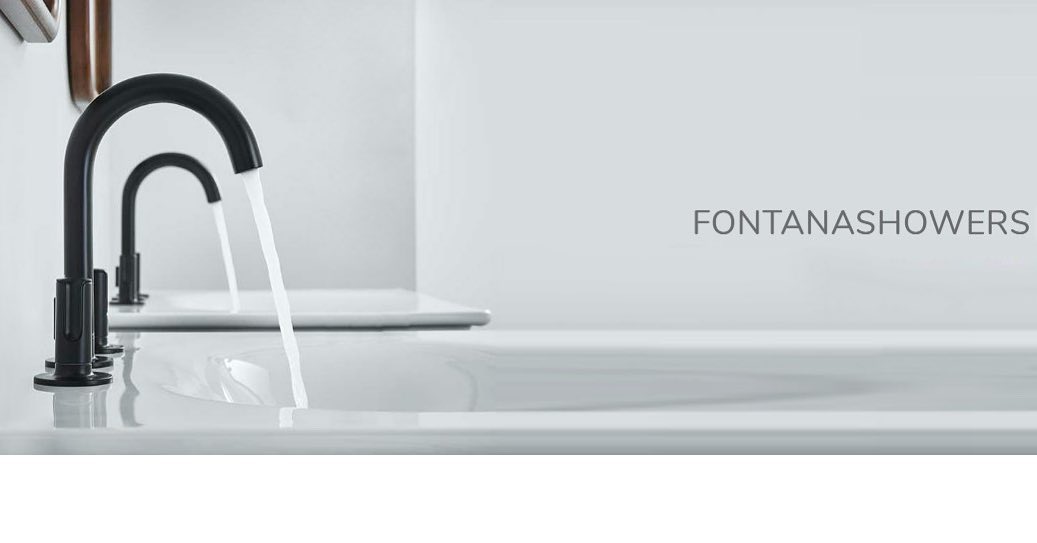In recent years, technology has been revolutionizing even the most mundane aspects of our lives, and our bathrooms are no exception. Touchless bathroom faucets, also known as sensor faucets or automatic faucets, have emerged as a remarkable innovation that combines convenience and hygiene. These faucets utilize motion sensors to activate the water flow, eliminating the need for physical contact with the faucet handles. In this blog post, we will delve into the world of touchless bathroom faucets, exploring their benefits, how they work, and their impact on hygiene and water conservation.
The Working Principle
Touchless bathroom faucets operate on a simple yet ingenious principle. Instead of manually turning a handle or lever to start the water flow, users only need to place their hands under the faucet. Built-in infrared sensors detect the presence of hands and trigger the water flow, providing a hands-free and effortless experience. The water flow usually stops automatically after a predetermined period, minimizing water wastage.
Benefits of Touchless Bathroom Faucets
- Enhanced Hygiene
One of the most significant advantages of touchless bathroom faucets is the improvement in hygiene. Traditional faucets are notorious for harboring bacteria and germs, as multiple users touch the handles with potentially dirty hands. Touchless faucets eliminate this concern, as users do not need to touch any surface, preventing the transfer of germs and promoting a more sanitary environment.
- Convenience and Ease of Use
Touchless faucets are exceptionally convenient, especially in high-traffic areas like public restrooms. Users don’t need to struggle with turning handles or adjusting levers, making them ideal for children, the elderly, and individuals with limited mobility. The hands-free operation ensures a seamless experience, requiring nothing more than a simple hand movement to activate the water flow.
- Water Conservation
In an era where water conservation is paramount, touchless bathroom faucets play a crucial role. These faucets are designed to regulate water flow efficiently. The automatic shut-off feature ensures that water is not wasted due to taps being left open accidentally. Additionally, the controlled flow rate helps reduce overall water consumption, contributing to sustainable living.
- Reduced Maintenance
Traditional faucets with handles or levers are susceptible to wear and tear over time. Handles can become loose, leading to leaks and dripping faucets. Touchless faucets have fewer moving parts and experience less mechanical stress, resulting in reduced maintenance requirements and longer lifespan.
- Modern Aesthetics
Touchless bathroom faucets often feature sleek and modern designs that can enhance the overall aesthetics of a bathroom. They add a touch of sophistication and a futuristic feel to the space, making them a popular choice for contemporary interior designs.
Hygiene and Public Health
The significance of touchless bathroom faucets in maintaining public health cannot be overstated. Traditional faucets can become breeding grounds for harmful pathogens, contributing to the spread of infections. Touchless faucets drastically reduce this risk by minimizing the number of surfaces touched by multiple users. In environments like hospitals, restaurants, and airports, where maintaining hygiene is paramount, touchless faucets are becoming a staple.
Installation and Compatibility
The installation of touchless bathroom faucets is relatively straightforward and can often be done as a DIY project. Most touchless faucets are designed to fit standard sink configurations, making them compatible with existing plumbing setups. However, it’s essential to ensure that the faucet’s power source, which is usually batteries or electricity, is adequately managed for consistent operation.
Overcoming Concerns
While touchless bathroom faucets offer numerous benefits, some concerns have been raised. One common concern is the dependence on power sources. In the event of a power outage or battery failure, the touchless feature may become temporarily unavailable. However, many touchless faucets come with manual override options, allowing users to access water even when the sensors are not operational.
The Environmental Impact
Touchless bathroom faucets contribute positively to environmental conservation. By reducing water wastage through their efficient water flow regulation, these faucets align with sustainable practices. As water scarcity continues to be a global concern, embracing technologies that promote responsible water usage is crucial.
Conclusion
Touchless bathroom faucets are more than just gadgets; they are a leap towards a more hygienic, convenient, and sustainable future. Their ability to enhance hygiene, conserve water, and provide a hassle-free experience makes them an excellent addition to any bathroom, whether it’s at home or in public spaces. As technology continues to shape our daily lives, touchless faucets stand as a prime example of how innovation can transform even the most routine aspects of our routines for the better.











